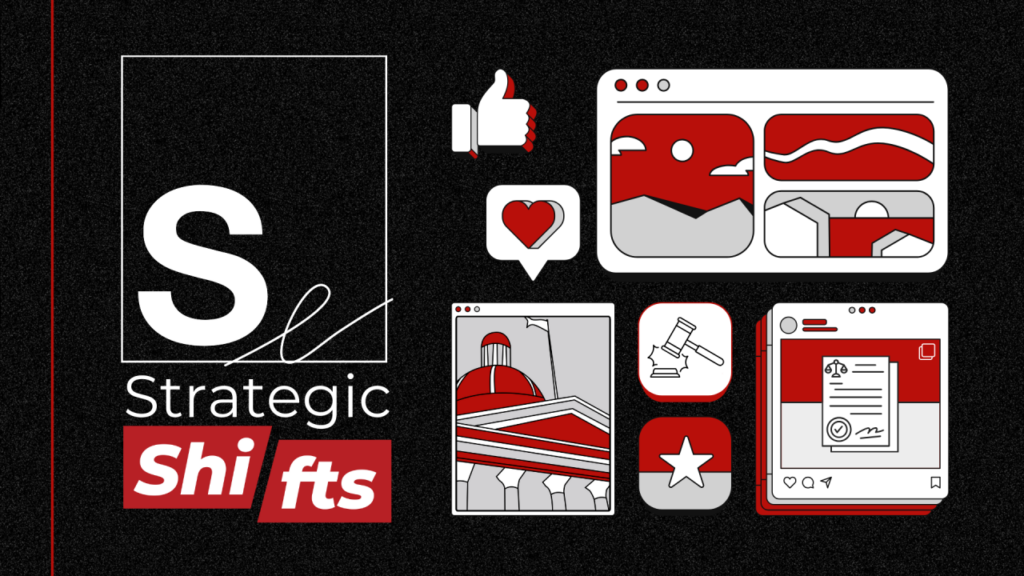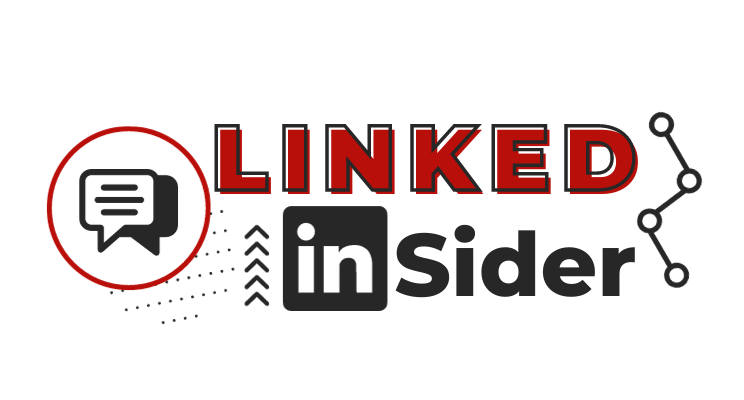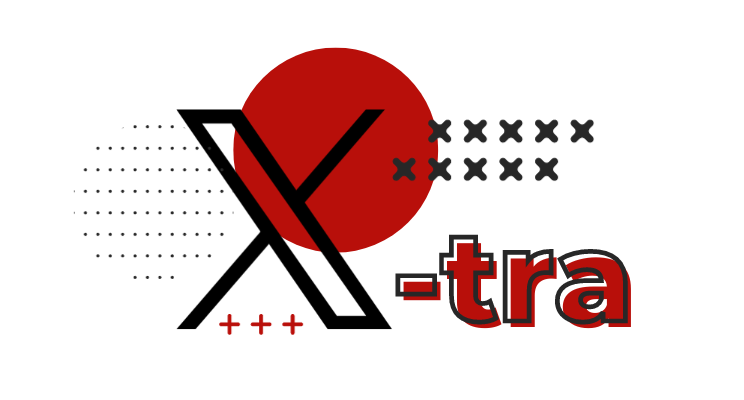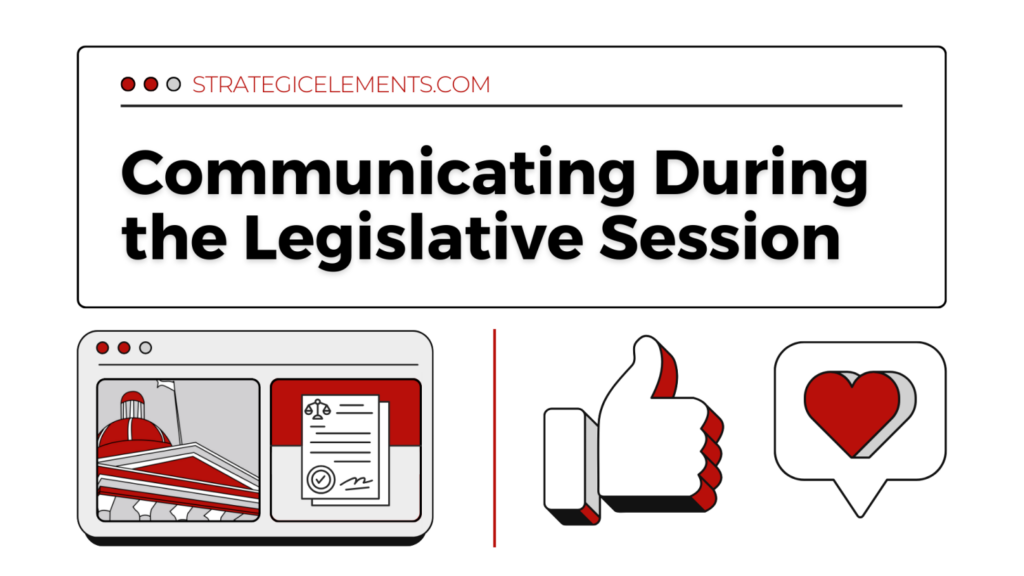“Engaged View” Attribution for Video Ads — A new video ad performance measurement will track conversions for up to 24 hours after someone plays a video ad for a minimum of 10 seconds. For example, a user could see a video in their feed one day, remember the ad the next day, follow an account, visit a website, or sign up for a program, and that would be counted as an “engaged-view conversion.” This new feature provides more results for the same budget, better insights into an individual’s activity, and a new way to understand video ads.
Advantage Detailed Targeting — Meta is expanding the Advantage detailed targeting feature to all campaign objectives and optimizations, with some options to opt-in or out. This advertising feature “can help improve your campaign performance by allowing our system to reach a broader group of people than you defined,” essentially expanding your audience pool to optimize results.
AI-Generated Content Disclosure — Meta’s disclosure policy for social issues, elections, and political ads went into effect on January 11. The new policy, previously mentioned in the December 2023 Strategic Shifts, requires ads with content created or altered with AI to include a disclosure. Other platforms, like YouTube and TikTok, are following suit and implementing tags for AI-generated content.
Facebook Features
Link History — Facebook’s Link History feature is officially live and saves all links users click on while in the Facebook mobile app for 30 days. Meta says they are using this data to improve ad experiences which will help advertisers enhance targeting. Users can opt to turn off Link History by going to Settings & Privacy > Settings > Browser > Toggle Off Link History. To view your link history, click on your profile picture > click Settings & Privacy > click Link history.
Facebook algorithm changes— Every social media platform’s algorithm is constantly evolving to provide a better user experience. These are the latest updates for Facebook’s algorithm in 2024 from Hootsuite.
- Focus on meaningful interactions — Facebook wants to see posts that start conversations, so posts with less engagement may see a decrease in reach.
- Relevance score rating — Facebook calculates a relevance score to rank posts in the feed based on “type of content, user interactions with similar posts, and how long a user spends viewing posts in the same category.”
- Engagement and time on a post— The algorithm predicts how long a user will spend on a post and how likely it is they will engage, based on previous interactions. The more likely they are to stay longer and engage, the more they will see those posts.
- Balanced mix of content types — Users will see a mix of post types in their feed like videos, photos, links, and text posts.
Instagram Innovations
“Flipside” Alternative Profile — After a few months of experimentation, some Instagram users can now create a “Flipside” alternative profile to post content only to chosen connections. Similar to the “Close Friends” feature, when posting, users can choose “Flipside” as their audience. You can even update your profile name and picture for your Flipside.
Opt-Out of DM Read Receipts — Users can now opt-out of read receipts for their DMs to control if others can see when they have read or seen messages. The feature is available in each chat and can be changed at any time.
Create Stickers from Still Images— Instagram offers a new option to create stickers from any single image post. To use this feature, click on the three dots of any public image, click “Create a cutout sticker,” then use that sticker in your Stories and Reels.
Trendy Threads
Search Newest Posts — One of Threads latest updates allows users to view searched content under “Top” results or “Latest” results. Currently, this update is only available for iPhone users, but Android and web browsers may get the update soon.
Goodbye Lookalike Audiences— Starting on February 29, LinkedIn is discontinuing lookalike audiences for ad campaigns. Advertisers will no longer be able to create or edit lookalike audiences, and existing data will no longer refresh but will become a static audience. As a replacement, LinkedIn recommends Predictive Audiences or Audience Expansion.
Reach and Frequency Metrics Updates— LinkedIn ads are making updates to how reach and frequency metrics are measured to make them more accurate. This update includes changes to historical data starting from January 1, 2022, to the present. To adapt to the changes, consider the following:
- Reevaluating performance benchmarks
- Use the updated historical data to inform future campaign strategies
‘Website Actions’ Tracking— LinkedIn is adding a new, easier option for measuring and tracking website actions to drive better results. B2B marketers who use LinkedIn’s Insight Tag can use this feature to create stronger retargeting, get accurate measurements, and optimize budgets more effectively.
Reach out and partner with Strategic Elements to take away the stress of navigating these changes to your LinkedIn ad campaigns!
X Job Listings on Personal Profiles — X continues its efforts to become a professional resource by allowing premium subscribers to list open jobs on their personal profiles. Up until now, job listings were only available for business pages who were subscribed as Verified Organizations. As of early January, over 750K job postings were listed on the app, all of which are searchable at x.com/jobs.
Vertical Video Ads — Officially launched on February 1, Vertical Video Ads are now available for all X advertisers as the platform aims to create a “video-first” experience. Since beta testing, Vertical Video ads are the most engaging ad format X has released with users being 7 times more likely to engage with them than other ad formats. X has also reported that video on the platform has over 100 million daily users and accounts for 20% of all time spent on X, so they are clearly taking advantage of the vertical video phenomenon.
COMMUNICATING DURING THE LEGISLATIVE SESSION
With the 2024 legislative sessions upon us, lobbyists, constituents, and legislators are communicating with each other to get a better understanding of what needs to get done.
We’ve put together five tips for communicating during the legislative session.
- Know your goals and objectives— Have a clear goal – It could be to raise awareness, change opinions, or persuade action. This helps you and your legislator. Your end goal should guide your plan.
- Create a plan— Have a plan in place rather than going in cold. Identify the best legislator to reach out to, be informed about the issue, choose the right communication channel, and make your personalized message clear and concise.
- Establish relationships— Establishing a relationship with your local and state legislators and staff is crucial for success. Demonstrate your credibility and show you can be trusted. Treat legislative staff with respect and do whatever you can to make their lives easier. Know what’s important to the legislator and use that information to build rapport.
- Be persistent— Communicating with a legislator and/or staff can be a prolonged process. Stay persistent and informed but be ready to adjust your strategy as needed.
- Follow Up— Continue nurturing the relationship by expressing your gratitude for their time. This shows you respect their consideration and are committed to the issue.
START A CONVERSATION: How are you going about contacting your legislators this year?
Follow us on Facebook, Instagram, and Twitter for more monthly insights on the latest news in social media and public affairs.






